Are you experiencing frequent episodes of fatigue, dizziness or blurred vision after meals? Do you have a family history of diabetes and are worried about your blood sugar levels? If so, it may be time to take the PPBS test. This simple yet effective diagnostic tool can help detect early signs of insulin resistance and prevent the onset of type 2 diabetes. In this article, we'll go over everything you need to know about the PPBS test - from who needs to take it to how to prepare for it and interpret its results. So let's get started!
What is the PPBS Test?
The PPBS test, also known as postprandial blood sugar test, is a simple diagnostic tool used to measure your blood sugar levels after a meal. Unlike the fasting blood glucose test that measures your glucose levels in the morning before eating anything, the PPBS test reflects how your body responds to food and insulin production.
Who Needs to Take the PPBS Test
The PPBS test is commonly used to diagnose diabetes and prediabetes. It measures your blood sugar level after fasting for 8 hours, as well as two hours after consuming a sugary drink. So who needs to take the PPBS test?
- Firstly, individuals with risk factors for diabetes should consider taking the PPBS test. These include those who are overweight or obese, have a family history of diabetes, or have high blood pressure.
- Secondly, pregnant women may be advised to take the PPBS test during their prenatal care. This is because gestational diabetes can develop during pregnancy and increase the risk of complications for both mother and baby.
Individuals who experience symptoms such as increased thirst and urination, fatigue or blurred vision should consider taking the PPBS test. These could be signs of high blood sugar levels.
How to Prepare for the PPBS Test
Preparing for the PPBS test is crucial to ensure accurate results. Before taking the test, it's important to consult with your doctor about any medications or dietary restrictions that may affect your blood sugar levels. Here are some tips on how to prepare for the PPBS test:
- Fast before the test: The PPBS test measures your blood glucose level after fasting for 8 hours. It is advised not to eat anything and only consume water during this time.
- Avoid sugary foods: Consuming sugary foods can elevate your blood glucose levels before the test, leading to inaccurate results.
- Stay hydrated: Drinking plenty of water will help keep you hydrated and prevent dehydration from affecting your blood glucose levels.
- Relax and stay calm: Stress can increase cortisol level in our body which in turn affects our insulin sensitivity and hence changes our glucose values; so try staying relaxed and calm while preparing or taking up a PPSB Test
What to Expect During the PPBS Test
During the PPBS test, you can expect your doctor to take a small sample of your blood to measure your blood sugar levels. The test is usually done in the morning after fasting for at least eight hours. You will be asked not to eat or drink anything except for water during this time.
Once you arrive at the lab, a nurse will draw blood from your arm and send it off for analysis. The results should be ready within a few days, and your doctor will go over them with you during a follow-up appointment.
It's important to note that while the PPBS test is relatively straightforward, there are some risks involved with having blood drawn. Some people may experience temporary bruising or soreness at the site where their blood was taken.
How to Interpret the Results of the PPBS Test
Once you have taken the PPBS test, it's essential to know how to interpret your results. The PPBS test measures blood sugar levels after a meal, and here is what you need to look out for:
| Post Prandial blood sugar (PPBS) Test Normal Range | Range | Risk |
| 100 – 139 mg/dL | Normal Range | |
| 140-199 mg/dL | You may have Rrediabetes | |
| >200 mg/dl | Indicates that you might be Diabetic |
- Firstly, if your result is between 140-199 mg/dL, it means that you may have prediabetes. It's advisable to consult with a healthcare professional as soon as possible.
- Secondly, if your result reads more than 200mg/dL, this indicates that you might be diabetic. You should immediately contact a doctor or endocrinologist for further advice.
- Thirdly, if your result falls under 140 mg/dl range then it’s considered normal and healthy blood sugar level.
Conclusion
The PPBS test is a helpful tool for diagnosing diabetes and monitoring blood sugar levels in people who have already been diagnosed with the condition. It's an easy and painless procedure that only takes a few minutes to perform.
If you're at risk of developing diabetes or have already been diagnosed with it, make sure to speak to your doctor about getting a PPBS test done. By doing so, you can take control of your health and prevent potential complications from arising.













 7982100200
7982100200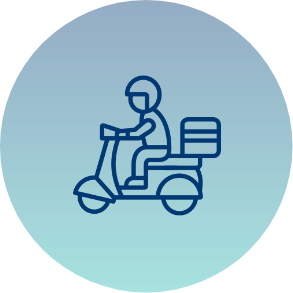

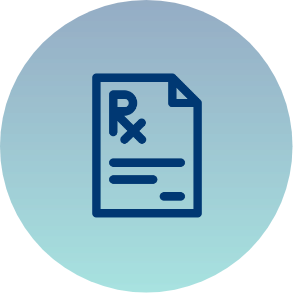


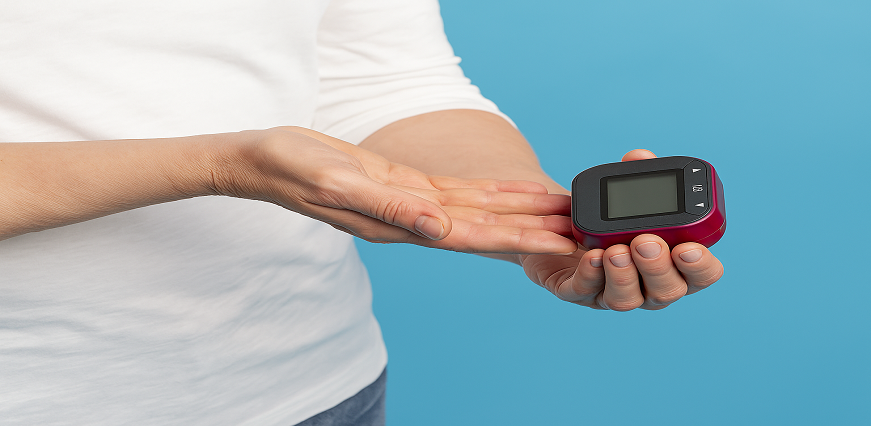
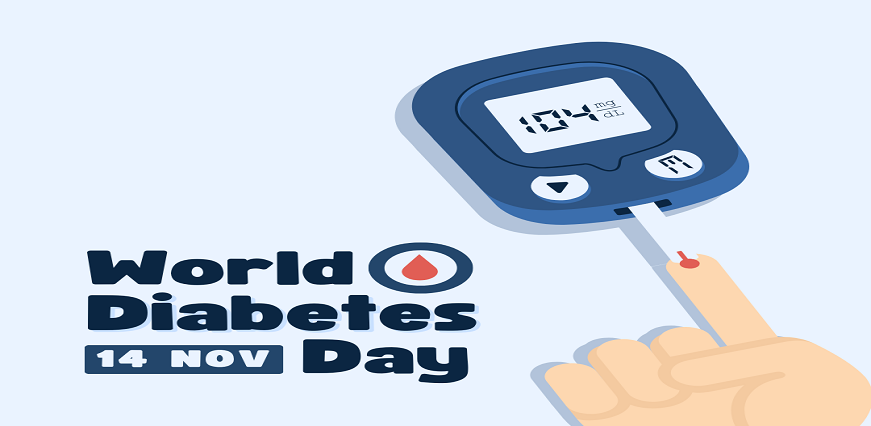

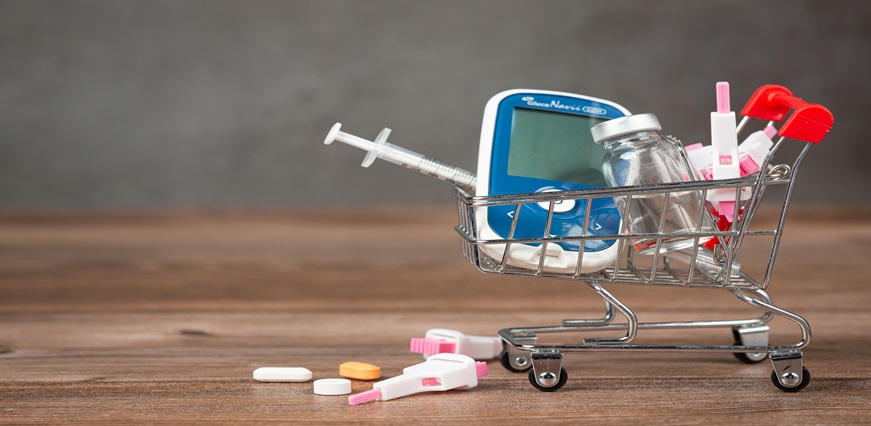
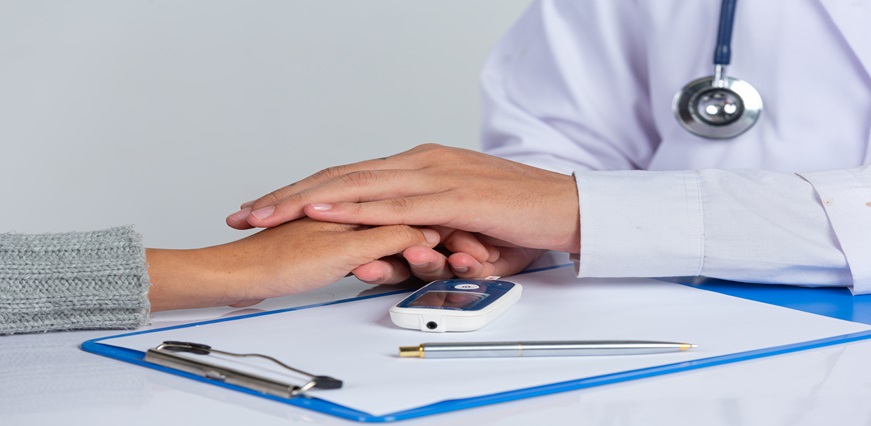

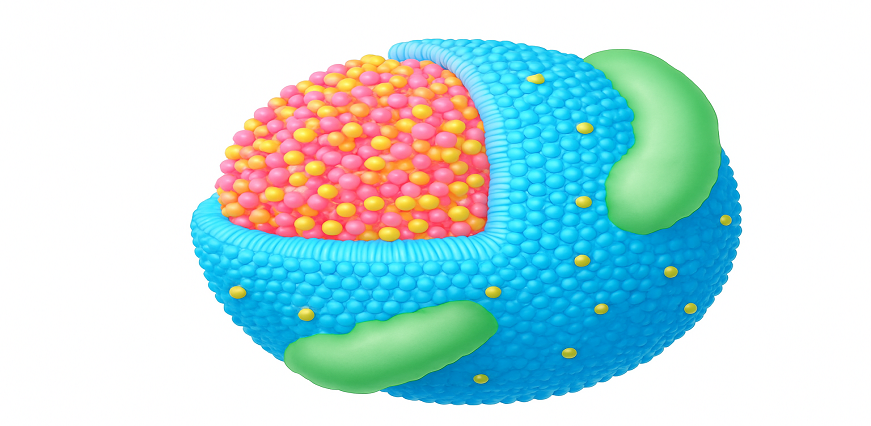






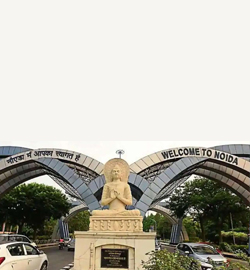





 To reach our help desk call 9213188888
To reach our help desk call 9213188888.png)
Comments